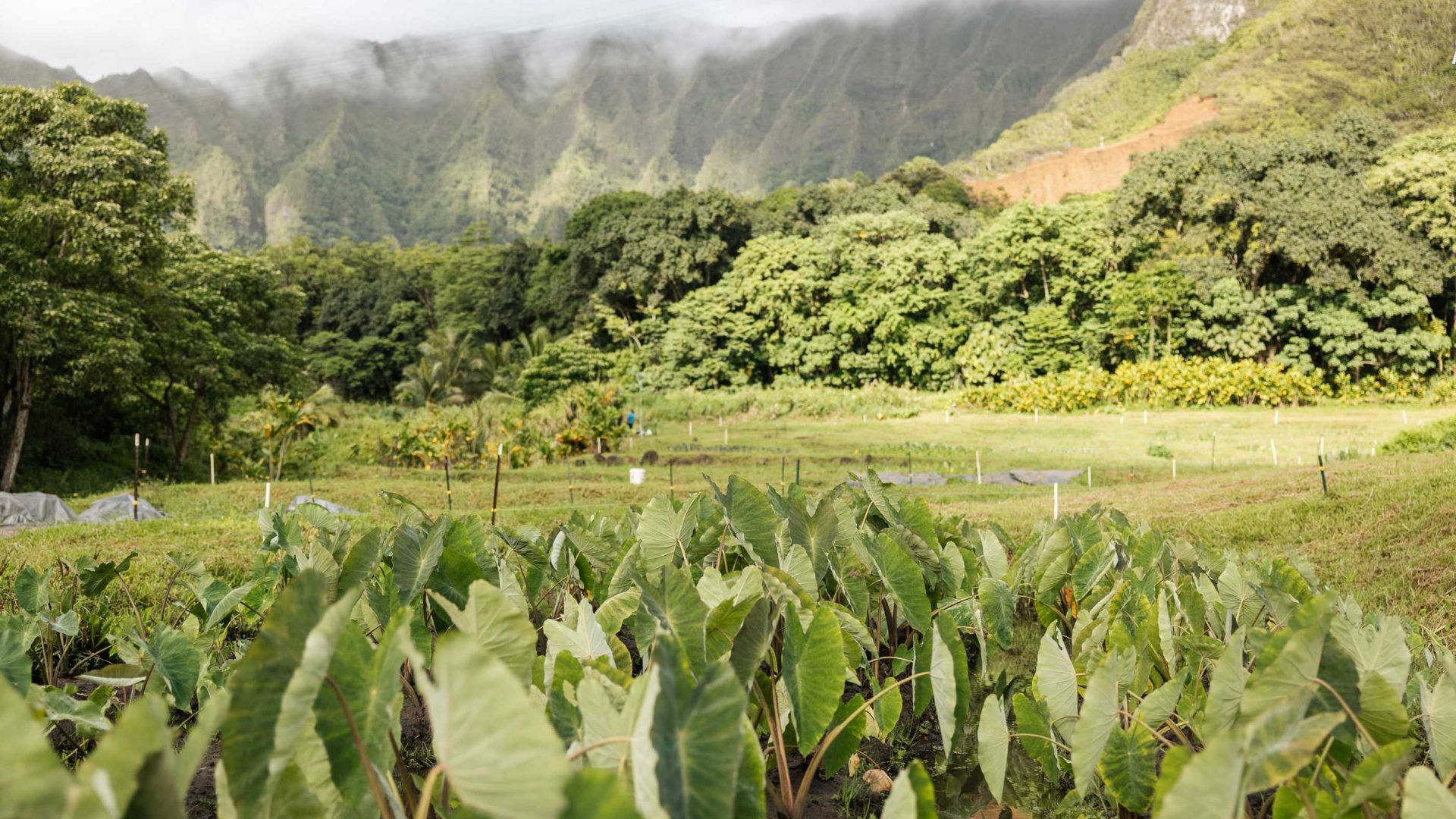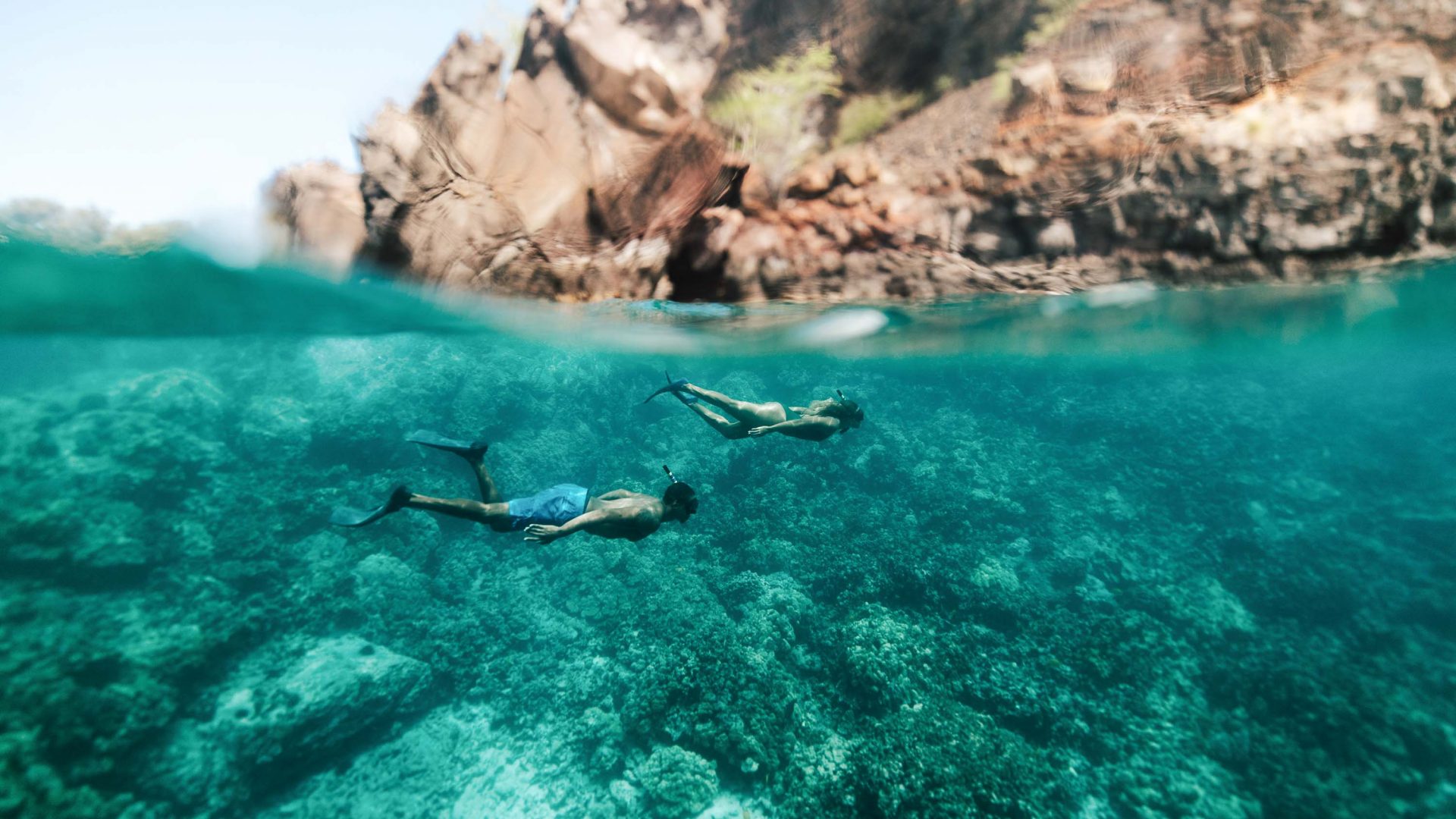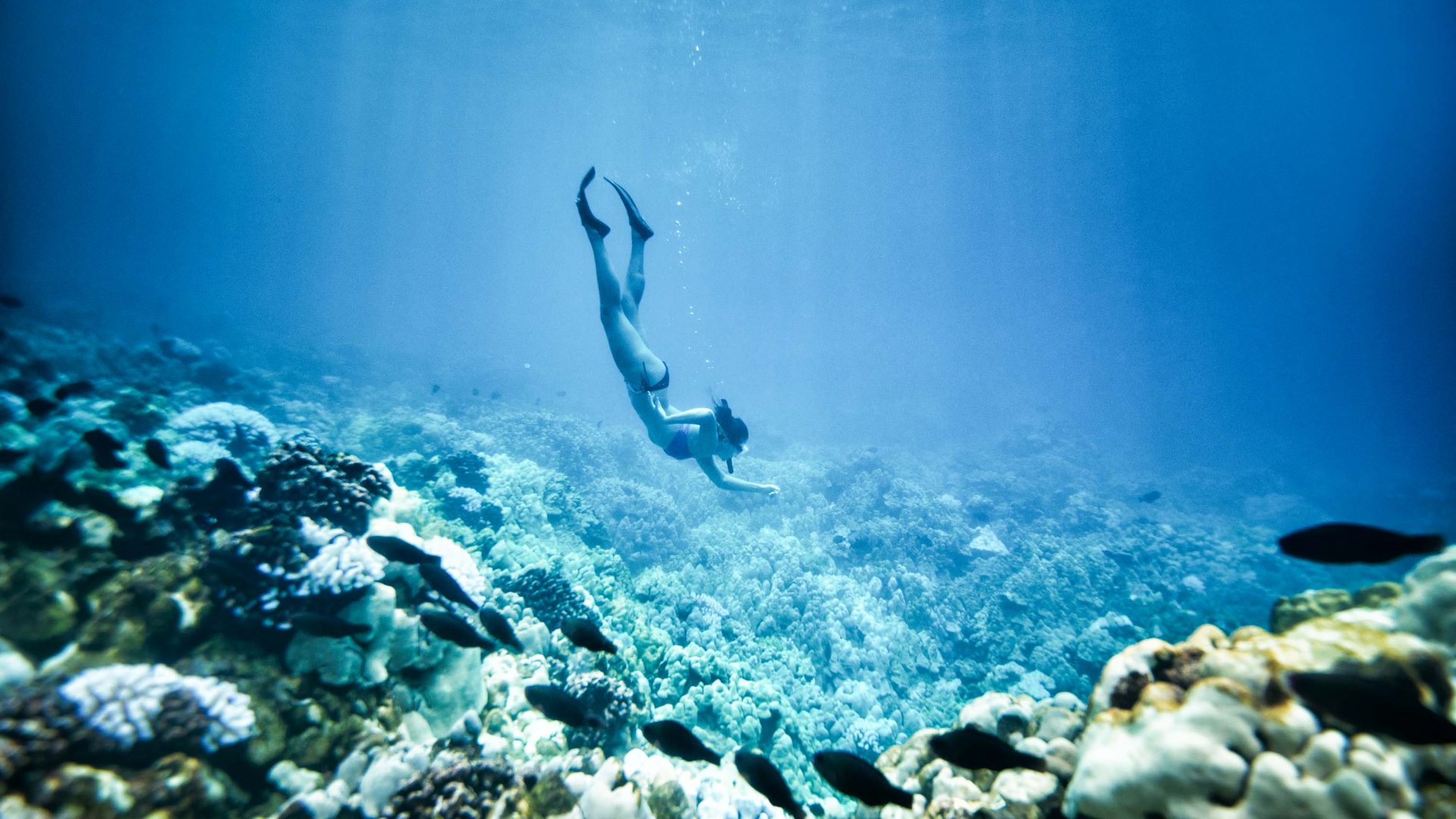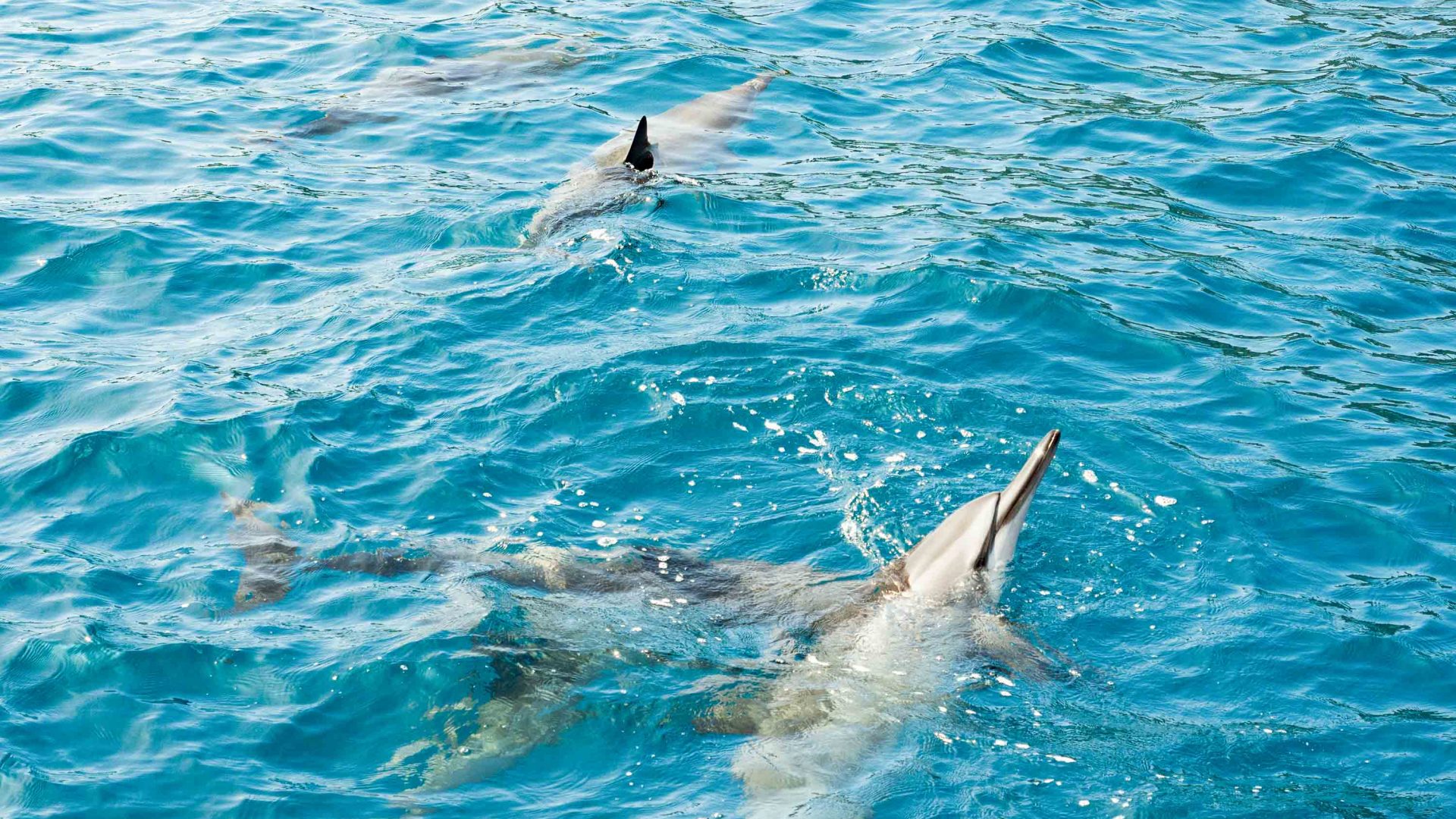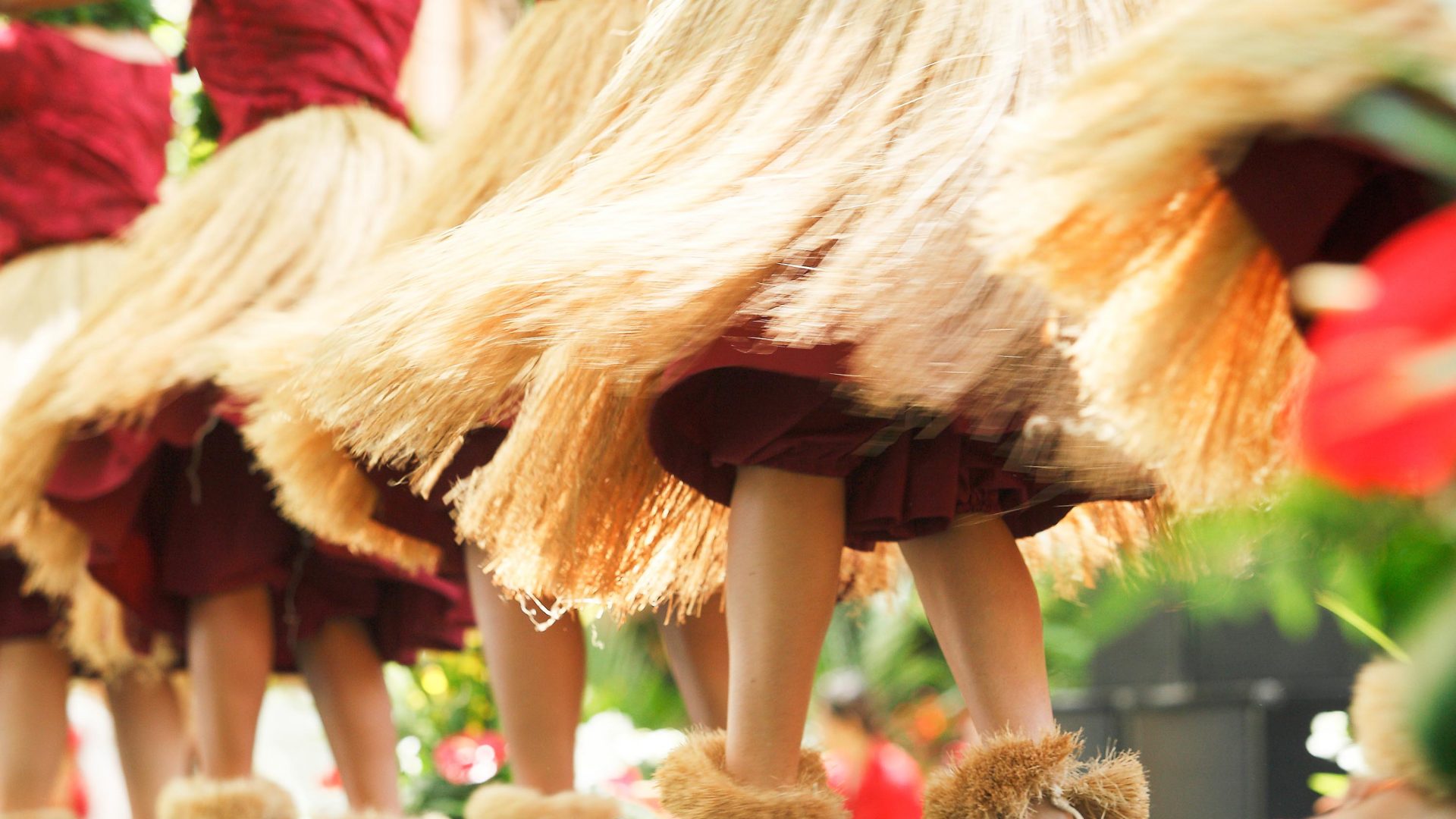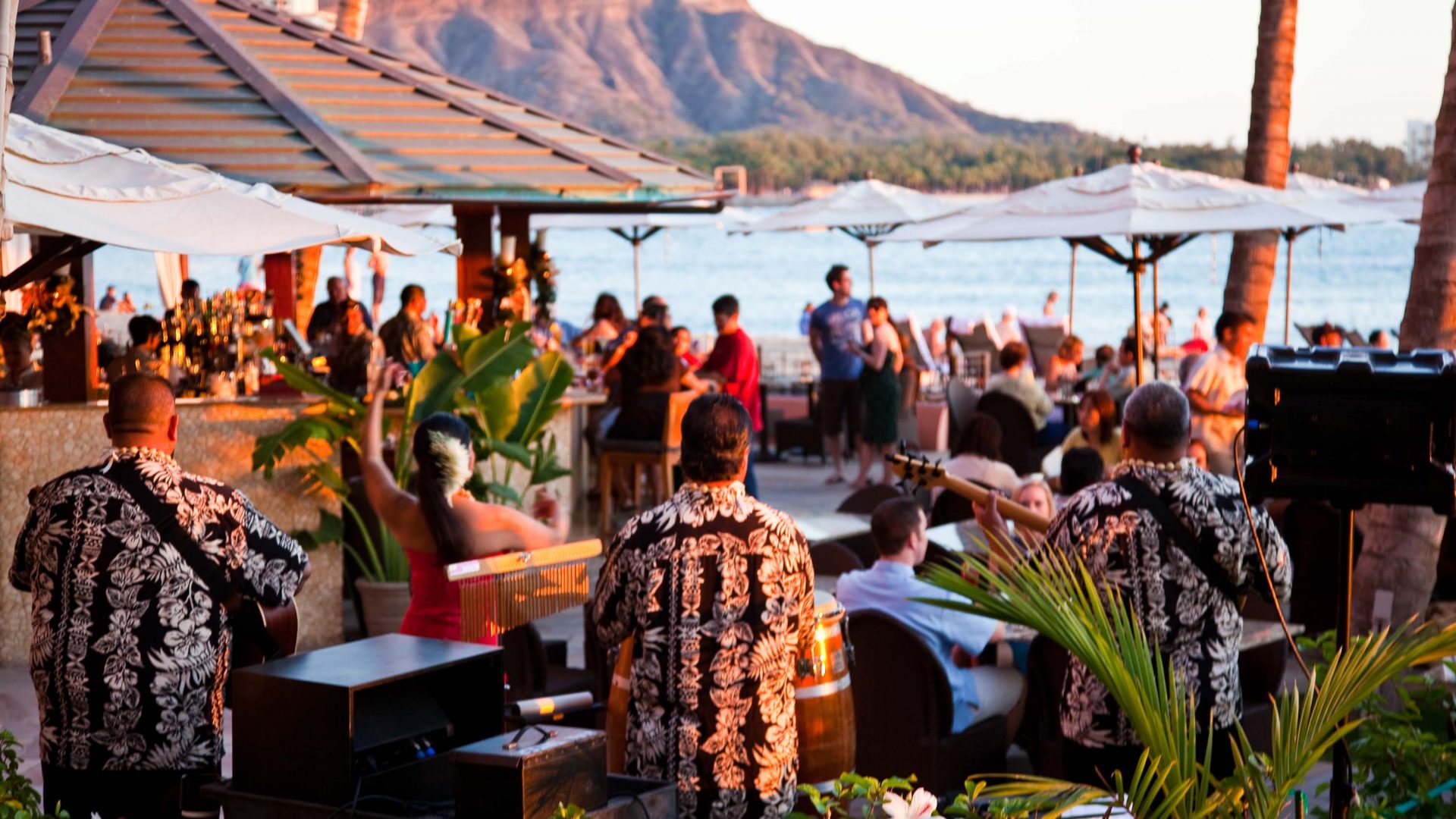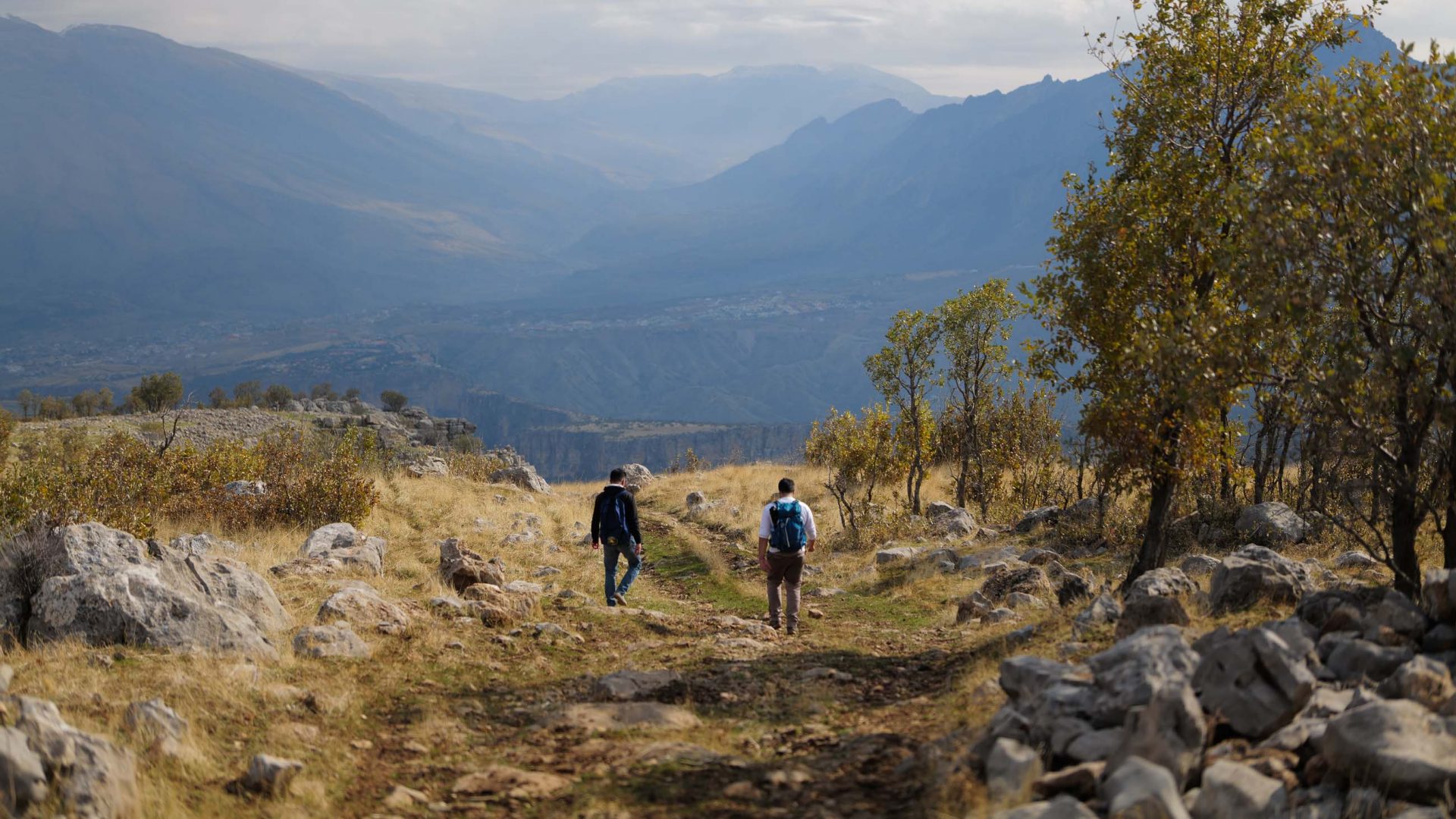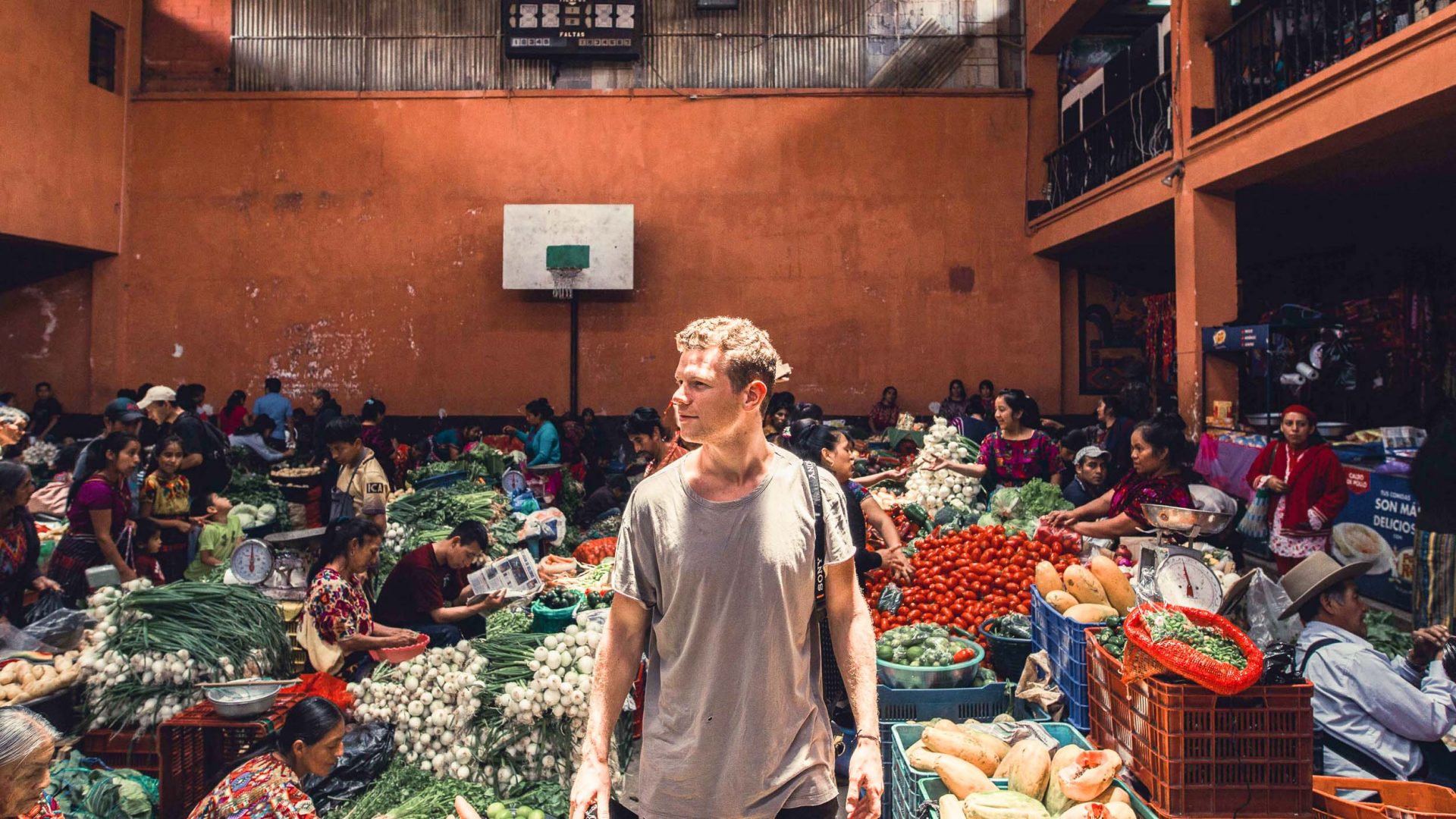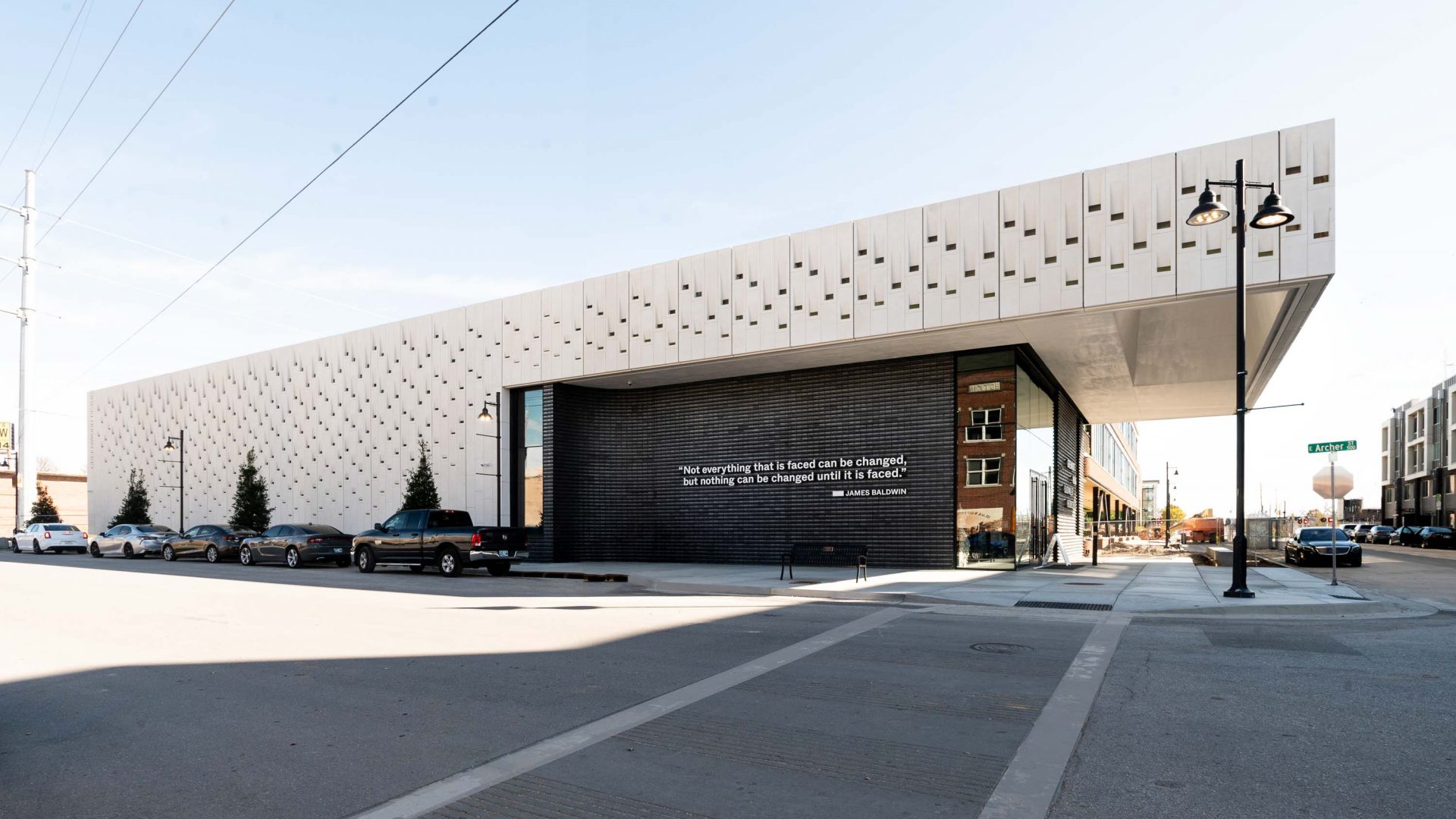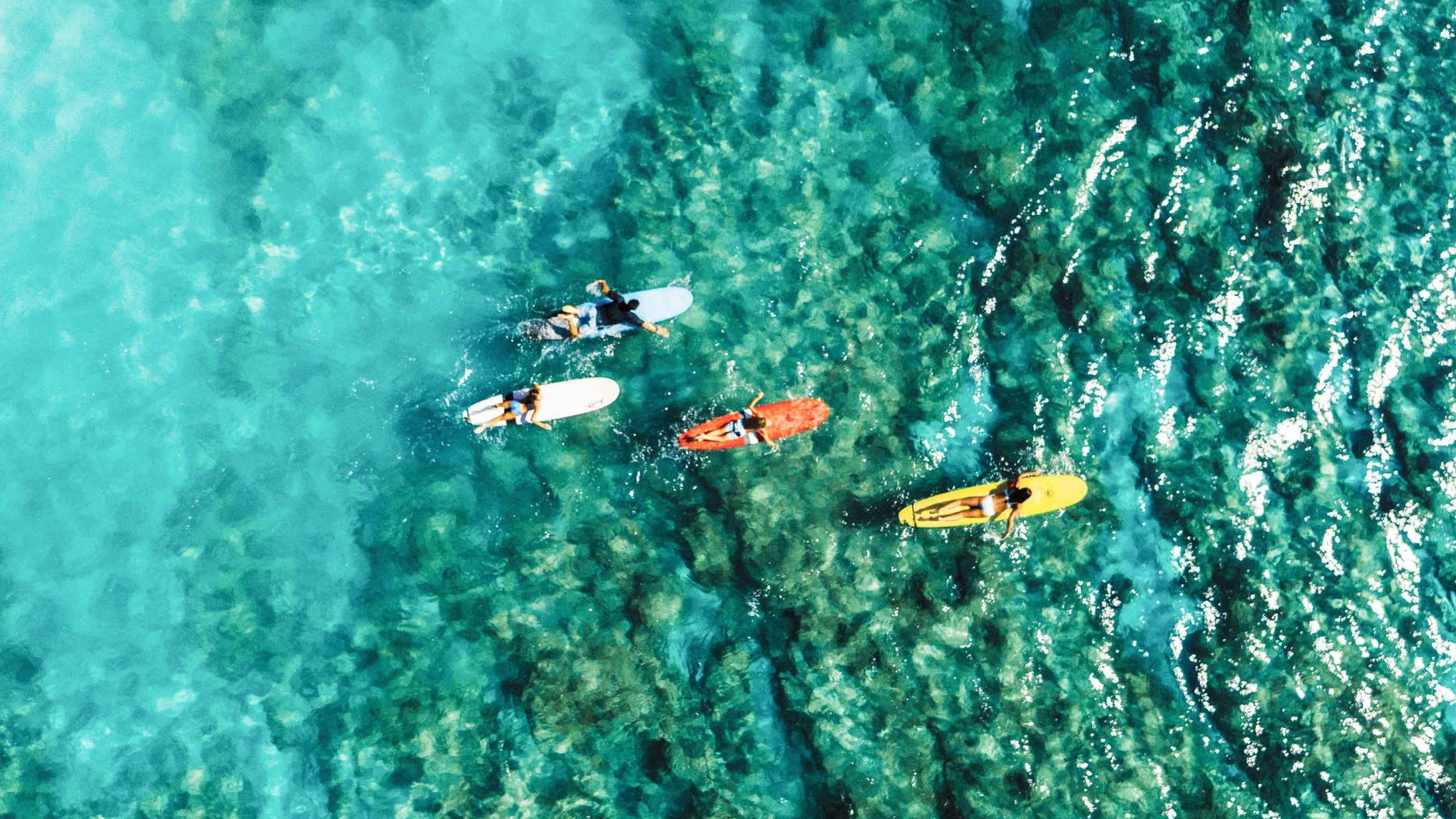
As the pandemic struck, tourism ‘stopped’ in many places. But after the initial shock, it provided some destinations with an opportunity to reset and refocus. For Hawai’i, that meant prioritizing its people and their land over profits. So, what does that actually look like in practice?
Like most days in Hawai’i, it’s a humid 80 degrees. A trade wind breeze blows in off the ocean. I strap my 18-month-old to my back and watch the standard groups of tourists buy last-minute mementos of hula girls in grass skirts, macadamia nut cookies, and Kona coffee. It’s sunny on this side of the island and I stand in the shade at our gate in Kailua Kona’s open-air airport.
Security is relaxed and I can see the runway a few paces from where I stand. We walk out onto the tarmac and up a switchback ramp to board the plane to the mainland. It’s January 2020. I expect to return around this time next year after our son is born in May. Little did I know.
As the last state with strict COVID-19 restrictions (having only recently dropped indoor mask mandates in late March), it seems like Hawai’i doesn’t want tourists, and—in a way—it kind of doesn’t. Like so many people and places during this pandemic, the tourism industry in Hawaii has been irreparably changed.
It’s better.
Hawaii is emerging from the pandemic as a changemaker for cultural and environmental preservation despite its current dependence on tourism. The state is passing legislation and creating programs that prioritize its people and its land over money. This major shift is due—at least in part—to the pandemic.




